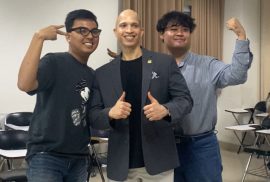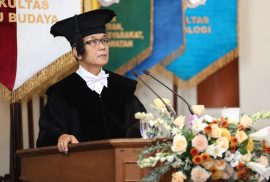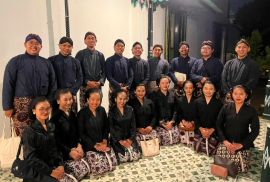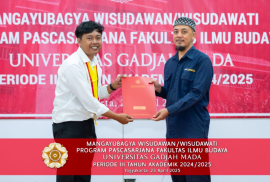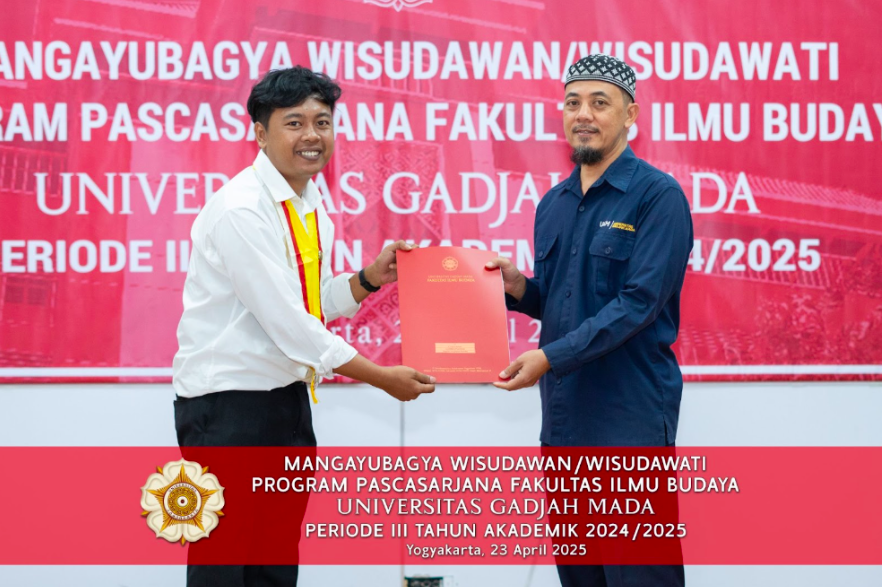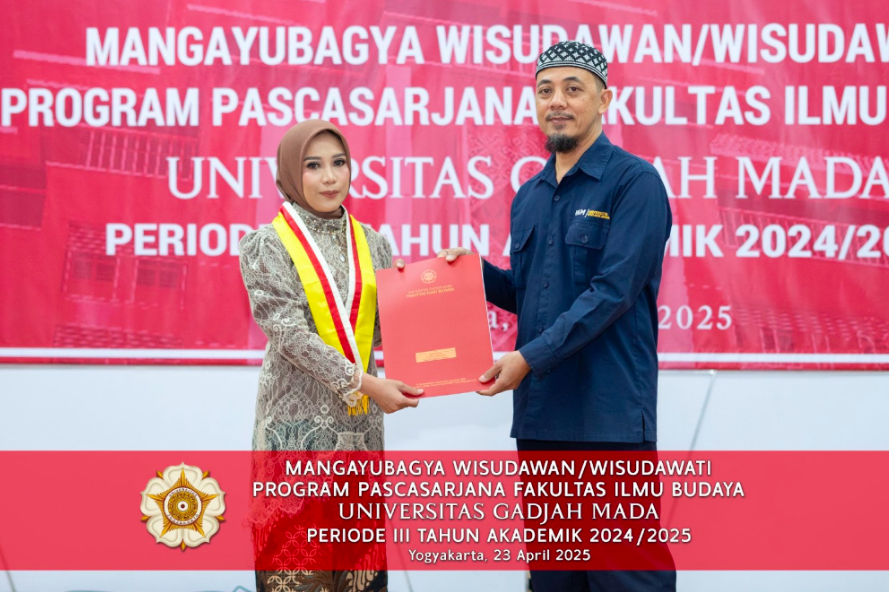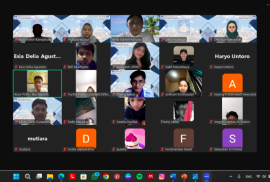Yogyakarta, 16 May 2025 – The Faculty of Cultural Sciences, Universitas Gadjah Mada (UGM), is organising a Career Readiness Workshop focused on essential skills for students preparing to enter the workforce. The event will be held in Sugondo Building, Room 127, from 13:00 to 15:00 WIB. This workshop aims to address key aspects of income equality and decent work for all, in alignment with the Sustainable Development Goals (SDGs).
Juventino Torres, an experienced career consultant from the United States, will share his expertise on crafting effective resumes and mastering successful interview techniques. With extensive experience helping students and young professionals navigate the complexities of the job market, Torres is an ideal speaker for this event.
Participants can expect an engaging session that includes a presentation, interactive quizzes, and a Q&A session. This format not only enhances learning but also fosters community engagement among students, encouraging them to share experiences and insights.
The importance of education in achieving income equality cannot be overstated. By equipping students with the skills necessary to succeed in their careers, UGM contributes to a fairer job market. The workshop will highlight the role of education as a tool of empowerment, enabling students to access decent employment opportunities.
As the job market becomes increasingly competitive, the need for effective resume writing and interview skills is more critical than ever. Torres will provide valuable insights into what employers are looking for, helping students tailor their applications to stand out. This knowledge is crucial for cultivating a generation of jobseekers prepared to meet market demands.
In addition to practical skills, the workshop will also focus on building participants’ confidence. Many students face anxiety when it comes to job interviews, and Torres will share strategies to help them present themselves effectively. This aspect of the workshop aligns with the SDG goal of promoting mental well-being and ensuring that everyone has a fair chance to succeed.
The Faculty of Cultural Sciences at UGM remains committed to supporting its students in their career journeys. By hosting events like this workshop, the faculty demonstrates its dedication to nurturing a supportive community that prioritises student development and success.
In conclusion, the Career Readiness Workshop on 16 May 2025 presents an excellent opportunity for students to gain crucial skills for their future careers. With guidance from Juventino Torres, participants will leave the event with the knowledge and confidence needed to navigate the job market effectively. This event not only contributes to individual growth but also supports the broader goal of income equality and decent work for all.
[Public Relation Faculty of Cultural Sciences UGM, Bulan Churniati]

